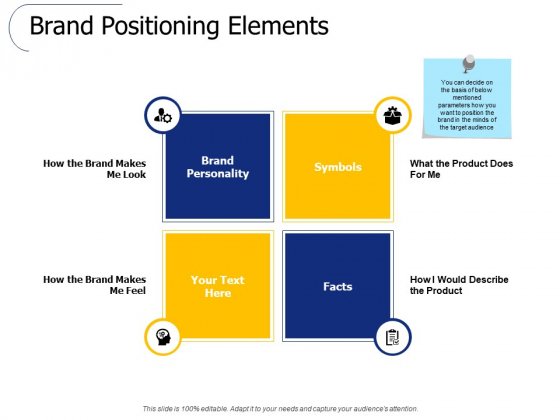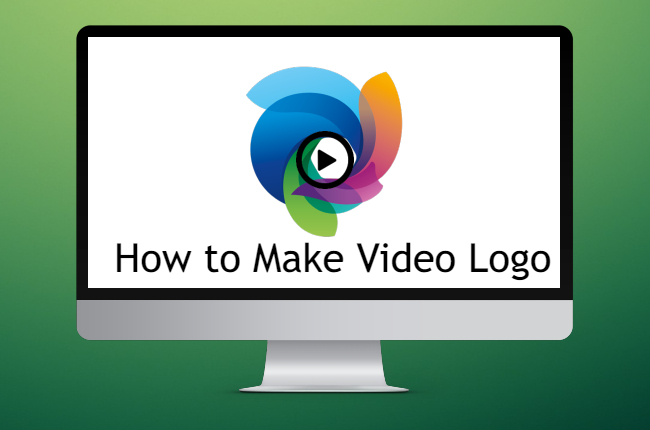
Adaptive design describes the ability to adjust a website's layout to suit the user's screen size. This allows you to be more flexible in how you design your website. It can also save you time and money over the long-term. While this type of design is not right for everyone, it can be a good solution for some.
Adaptive designing is a great method to make your site more accessible for people on all types of devices. This includes desktops, mobile phones, and tablets. The CSS3 query is key. This query tells the browser when to switch layouts. It isn't as simple as that though. It is essential to know how many screens you can support as well as the best layout.

Your site's objectives, the devices it is meant for and the interaction you wish to have with it will all determine the best adaptive design. Analytics can be used by you to find out which devices are most popular. Then you can design around them.
Adaptive Design is not as easy as you might think. This means that you will have to spend a lot both time and effort in order to make it work. This can work well for a new website or redesign. To create a new website, you need to know the demographics of your target audience and what type of information they would like to see. It's important to test and verify that your site works.
The best adaptive design option for some sites is to use responsive design. Although this will make your site load faster, it may have disadvantages for sites that have many pages. Also, you will need to create different layouts for different devices. This could lead to incompatibility with certain devices or incorrect formatting.
Sites with a desktop build make adaptive design much more straightforward. It is possible to still have problems if you design for just two or three screens. You could miss out of a few potential customers. This is particularly true for smartwatches which don't have native web browsing capabilities. It is also important to consider whether your users will use a mobile device to carry out their daily tasks. You can use adaptive design to make sure that all of your information is available to them.

It is important to consider how load time affects your users. It's generally faster for responsive design to load than adaptive. This could be a major factor in a user's decision-making process. If your site takes a long time to load, it could drive them away.
FAQ
What is the best platform for creating a website design?
The best platform for designing a website is WordPress. WordPress offers all the features needed to make a website professional looking.
Themes are easy-to-install and customizable. You can pick from thousands of free themes that are available online.
You can also install plugins to increase functionality. They allow you add buttons to social media and form fields, as well as contact pages.
WordPress is very user-friendly as well. You don't have to know HTML code to change your theme files. Click on an icon to select the theme you wish to change.
There are many options, but WordPress is the best. Millions of people use it every day.
What HTML and CSS are available to help me build my website?
Yes! You should be able to create a website if you have been following the instructions.
Now that you know how to create the structure of a website, you'll also need to learn some HTML and CSS coding.
HTML stands to represent HyperText Markup Language. It's like creating a recipe for a dish. You would list ingredients, directions, etc. HTML also tells a computer what parts of text should be bolded, underlined or italicized. It's the language of documents.
CSS stands for Cascading Stylesheets. It is like a stylesheet that you use to create recipes. Instead of listing out each ingredient and instruction, you write down general rules for things like font sizes, colors, spacing, and more.
HTML tells the browser what HTML is and CSS tells it how.
Don't be afraid to ask questions if you don’t understand any of these terms. Follow the tutorials and you will soon be creating beautiful websites.
What types of websites should you make?
The answer to this question depends on your goals. You may choose to sell products online if you want to build a website. You'll need to build a robust eCommerce site to do this successfully.
Blogs are another popular type of website. Each type of website requires different skills. For example, to set up a website, you need to understand blogging platforms such WordPress or Blogger.
When you choose a platform, you will also need to figure out how to customize the look of your site. There are many templates and themes that are free for each platform.
After you have chosen a platform, it is time to add content. Pages can include images, videos, text and links.
You can publish your website online once you have launched it. Your site is now available for visitors to view in their browsers.
What is responsive web design?
Responsive Web Design is a method of designing responsive websites. It allows content to display on all devices (desktop computers, tablets and smartphones), so that it can be viewed easily on any device. This allows users to simultaneously view a website from one device while still being able to access other features, such as navigation menus and buttons. RWD is designed to ensure that a user can view a site on any size screen.
You would, for example, want to make sure that a customer can view your website even on a mobile device.
A responsive website will adjust its layout automatically based on what device is used to view it. So, viewing the site on your laptop will look like a standard desktop website. It will look different if you view the page from your phone.
This allows you to create one website that works on all devices.
Statistics
- Is your web design optimized for mobile? Over 50% of internet users browse websites using a mobile device. (wix.com)
- It's estimated that in 2022, over 2.14 billion people will purchase goods and services online. (wix.com)
- The average website user will read about 20% of the text on any given page, so it's crucial to entice them with an appropriate vibe. (websitebuilderexpert.com)
- Studies show that 77% of satisfied customers will recommend your business or service to a friend after having a positive experience. (wix.com)
- In fact, according to Color Matters, a signature color can boost brand recognition by 80%. There's a lot of psychology behind people's perception of color, so it's important to understand how it's used with your industry. (websitebuilderexpert.com)
External Links
How To
How to use Drupal 7 for Web Design
Drupal is one of most well-known Content Management Systems (CMS), available today. It was created in 2003 by DriesBuijtaert from Belgium. Its name is derived from Dirk Buijtewaard's first and last names, Pierre d'Herbemont. Drupal was open-sourced in 2005. Many versions of the CMS have been developed since then. Drupal is widely used today by companies and websites around the globe.
Drupal is a popular choice for website owners because of several reasons. It's free to download. It's also very easy to customize it and extend it. It is also very well documented. It provides tremendous support via IRC channels and forums. It can also be extended with modules. Sixth, it supports multiple language versions. It is easy customizable. Eighth, it can be scaled. Ninth, it's secure. Tenth, its reliability is assured. Finally, Drupal is supported by the entire community. Drupal is a good choice for your next project due to all of these factors.
You might be wondering what makes Drupal unique from other CMSs. The answer is simple. Drupal is an open-source content management system. Drupal is free to download and use. Drupal gives you complete control of your website. You have complete control over your website. You can add or delete pages.
Drupal is an option for those who lack the technical skills required to create websites. Drupal, unlike other CMS, doesn't require you to know programming to build your website. Learn how Drupal works. You will then be able modify your website to suit your needs.
Drupal also offers many pre-built themes as well as plugins. These plugins help you to enhance your site's functionality. You can use Contact Form to gather visitor information. Google Maps allows you to display maps on a website. Drupal includes thousands of premade templates. These templates give your site a professional look.
Moreover, Drupal is highly flexible. Drupal allows you to add modules or replace existing ones, without worrying about compatibility issues. If you are looking to integrate social networks into your website, this is possible quickly. You can also set RSS feeds up, subscribe to e-mails, and many other things.
Drupal's flexibility is also a plus. You can add custom fields and forms, manage users, and more. Drupal can be used to create complex layouts.
Drupal is stable and reliable. It is stable and can scale. It offers outstanding security features. Drupal is an excellent web development platform.